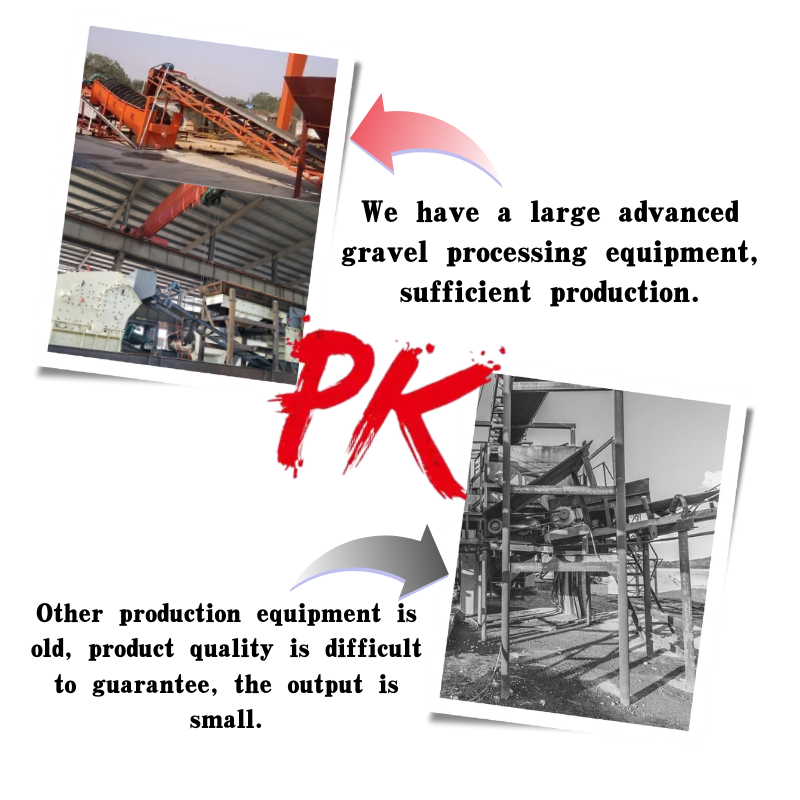
fly ash use in concrete
The Use of Fly Ash in Concrete Enhancing Strength and Sustainability
Fly ash, a byproduct from the combustion of pulverized coal in electric generating plants, has emerged as a vital ingredient in the construction industry, specifically in concrete production. As demand for sustainable building materials increases, the incorporation of fly ash into concrete mixes offers a pathway to improve both material performance and environmental responsibility.
What is Fly Ash?
Fly ash is composed of fine particles that are carried off with flue gases during combustion. These particles are primarily made up of silica, alumina, and iron, and are distinguished by their pozzolanic properties, meaning they can react chemically with calcium hydroxide in the presence of water to form compounds that contribute to the strength and durability of concrete.
Advantages of Using Fly Ash in Concrete
1. Enhanced Strength and Durability The minute particles of fly ash fill in the voids between the larger particles of cement and aggregates, resulting in a denser concrete matrix. This leads to improved compressive strength and enhances the durability of concrete structures. Fly ash concrete is particularly resistant to sulfate attack and has reduced permeability, which minimizes the risk of corrosion in steel reinforcements.
2. Sustainability and Reduced Environmental Impact The use of fly ash in concrete significantly reduces the amount of Portland cement required in a concrete mix. Cement production is a major contributor to carbon dioxide emissions, accounting for approximately 8% of global emissions. By substituting fly ash for a portion of cement, not only are emissions reduced, but the recycling of industrial waste helps in conserving natural resources.
3. Cost-effectiveness Fly ash is often less expensive than Portland cement, leading to reduced overall material costs for concrete production. This economic advantage, coupled with enhanced performance characteristics, makes fly ash an attractive option for constructors and engineers aiming to stay within budget without compromising quality.
fly ash use in concrete

4. Workability and Setting Time The fine particles of fly ash can improve the workability of concrete mixes, making them easier to place and finish. In some cases, fly ash can also extend the setting time, which can be beneficial in hot weather conditions where rapid curing may lead to cracking.
Challenges and Considerations
Despite its numerous advantages, the use of fly ash in concrete is not without challenges. The variability in properties of fly ash can pose issues for consistency in concrete performance. Factors such as the source of coal and the combustion process can affect the chemical composition and reactivity of fly ash. As a result, thorough testing and quality control measures are essential to ensure that the fly ash being used meets the requirements for specific concrete applications.
Furthermore, there are regulatory considerations regarding the use of fly ash in construction, particularly concerning its potential leaching of heavy metals. Ensuring that fly ash complies with environmental standards is critical to safeguard public health and the environment.
The Future of Fly Ash in Concrete
As the construction industry continues to seek ways to adopt more sustainable practices, the utilization of fly ash is likely to increase. Innovations in construction technology and the development of rigorous standards can address the current challenges, paving the way for broader acceptance of fly ash in various applications, from highways to residential buildings.
Moreover, with the growing emphasis on the circular economy, the demand for alternative materials such as fly ash will likely rise. The construction industry holds a pivotal role in reducing its carbon footprint, and fly ash presents a promising solution in the pursuit of greener concrete.
In conclusion, fly ash not only enhances the performance of concrete but also serves as an essential component in the movement toward sustainable construction practices. By embracing the use of fly ash, the industry can contribute to environmental protection while also improving the quality and longevity of concrete structures.
Share
-
Premium Glass Sand Solutions | High Purity SupplyNewsAug.03,2025
-
Premium Talcum Powder Enhanced with GPT-4 Turbo | Soft & Long-LastingNewsAug.02,2025
-
Fly Ash Solutions Enhanced by GPT-4 Turbo | Sustainable InnovationNewsAug.01,2025
-
Natural Premium Bentonite Cat Litter - Superior ClumpingNewsJul.31,2025
-
Premium Resin Coated Sand - High Heat Resistance CastingNewsJul.31,2025
-
High Quality Silicon Carbide Grit for Abrasive ApplicationsNewsJul.30,2025






